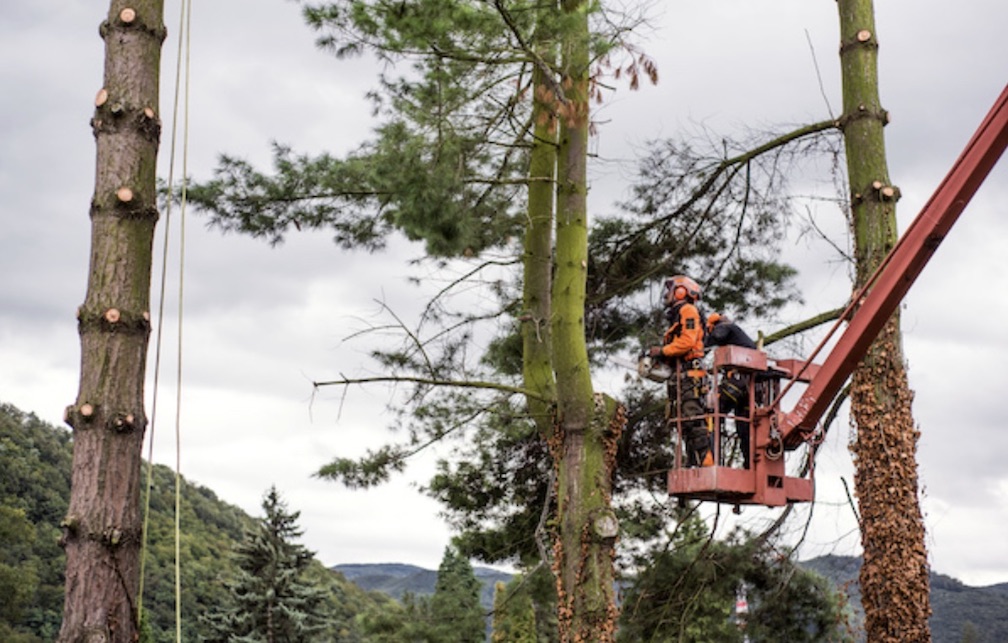What Are The Ways A Trained Arborist Can Save A Tree From Disease?
- Written by MISS.com.au

Trees are vital for our environment, providing oxygen, habitat for wildlife, and enhancing our landscapes. However, like any other living organism, trees can be susceptible to diseases that can harm and even kill them. When disease strikes, a professional arborist can be instrumental in saving the tree. This article explores a trained arborist's methods to diagnose, treat, and prevent tree diseases.
1. Disease Diagnosis
Identifying tree diseases can be challenging. The signs can be subtle, and various illnesses can produce similar symptoms. Professional arborists have the training and experience to recognize these signs and accurately diagnose the disease. They will examine the tree thoroughly, looking for symptoms such as discolouration, unusual growths, defoliation, or dieback. They may also take samples of the tree tissue, roots, or soil for laboratory testing.
2. Disease Treatment
Once the disease is accurately diagnosed, the arborist will determine the best course of treatment. The type of treatment will depend on the disease and the tree's overall health. Some common treatment methods include:
Pruning: If the disease is localized, pruning the affected branches can prevent its spread. Professional arborists ensure that the pruning is done correctly and at the right time to minimize stress on the tree.
Chemical Treatments: Fungicides, insecticides, or antibiotics can be used to combat certain diseases. These treatments are generally administered by spraying the tree or injecting the chemicals directly into the trunk.
Soil Management: Improving the soil conditions can enhance the tree's natural defences. This might involve adjusting the soil pH, increasing organic matter, or managing soil moisture levels.
3. Disease Prevention
Preventing disease is often the most effective way to protect trees. Professional arborists can provide advice and services to keep trees healthy and reduce their susceptibility to disease. These preventative measures may include:
Regular Health Checks: Regular inspections can catch potential issues early before they become severe problems. Early detection often means more effective treatment and a better outcome for the tree.
Proper Pruning: Regular, proper pruning maintains a tree's shape and improves its health. By removing dead or weak branches, arborists can prevent infection and improve the tree's structure and vitality.
Plant Health Care Programs: Arborists can design and implement plant health care programs that provide optimum tree growth conditions. This may involve watering, mulching, fertilizing, and managing pests and diseases.
4. Tree Removal
In some cases, when a tree is severely diseased and beyond saving, removal may be the only option. Tree removal experts can safely remove the tree to prevent the disease from spreading to other trees in the area. They will also advise on suitable replacement trees resistant to the specific disease.
Conclusion
Like all living things, trees can fall prey to various diseases. While some diseases can be treated effectively, others may significantly risk the tree's survival. In either case, the expertise of professional arborists is invaluable. They can save trees from many common diseases through accurate diagnosis, effective treatment, and prevention strategies. In extreme cases, where the tree cannot be saved, they can ensure safe and efficient removal, thus protecting the health of your other trees. Remember, the sooner a disease is detected and treated, the better the tree's chance of saving. Regular inspection by a professional arborist is the best way to ensure your trees stay healthy and vibrant.

